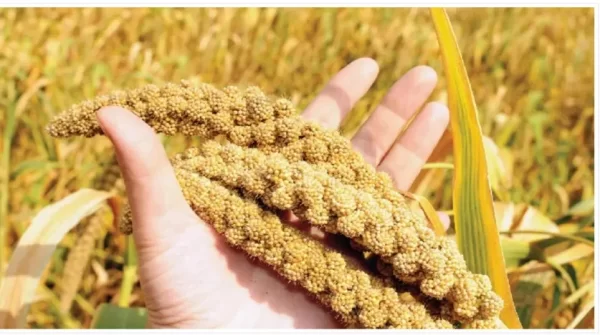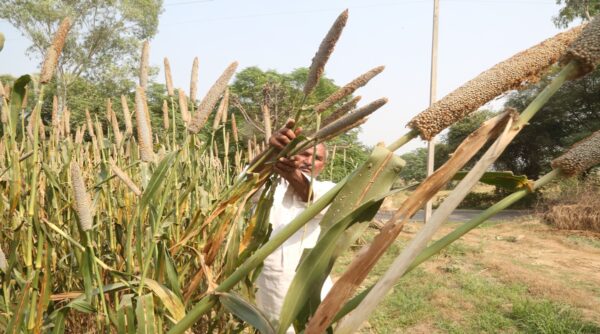Millet is a staple grain widely consumed across Asia and Africa, with about 1.2 billion people including it in their diets. It is a critical food source, with India being the largest consumer, followed by Niger and China. India alone contributes 30.9 million tonnes to the global millet production. Known for its high nutritional value, millet is an essential part of the diet in many developing countries. The grain’s resilience to adverse conditions and government incentives have boosted its popularity in India.
Top 5 Major Millets Producing States In India

Let’s explore the top five major millets producing states in India:
1. Rajasthan
Rajasthan is the leading state in millet production in India, accounting for 27 percent of the nation’s total output. Despite its arid climate, the state’s farmers are adaptable, growing various types of millets, notably Bajra and Pearl Millet. From the expansive fields of the Thar Desert to the fertile plains of Mewar, Rajasthan’s commitment to millet cultivation is evident. This dedication has earned the state the title of the Millet Master of India.
2. Karnataka
Karnataka ranks as the second-largest millet-producing state in India, contributing 18 percent to the country’s total millet production. The state has developed a brand called Siridhanya for its millets, including Ragi (finger millet), Navane (foxtail millet), Same (little millet), and Haruka (Kodo millet). Millets play a significant role in local cuisine, with regions like Koppal, Raichur, and Bellary being prominent in millet farming. The Karnataka government supports farmers through various initiatives to boost millet cultivation.
3. Maharashtra
Maharashtra contributes 14 percent to India’s millet production. The state grows a variety of millets, including Nachani (finger millet) and plum millets, used in popular dishes like bhakri. Key millet-producing regions in Maharashtra include Sangli, Yavatmal, and Jalgaon. Government programs such as RKVY aid farmers in millet cultivation. Millets, being hardy crops that thrive in dry or rain-fed conditions, are well-suited for Maharashtra’s diverse environments.
4. Uttar Pradesh
Uttar Pradesh contributes 12 percent to the nation’s millet production and actively promotes its cultivation. While the state is known for producing rice and wheat, millets like Pearl Millet and Sorghum are also significant. These grains are well-suited for areas with challenging climatic and soil conditions. Uttar Pradesh’s efforts to grow millet in less favorable conditions highlight the grain’s adaptability and importance.
5. Madhya Pradesh
Madhya Pradesh accounts for 6 percent of India’s total millet production. Situated centrally, the state benefits from adequate rainfall, making it ideal for millet farming. Prominent millet-growing regions in Madhya Pradesh include Dindori, Mandla, Umaria, Shahdol, Betul, and Chhindwara. Millet is a staple in the local diet, reflecting its importance in the state’s agricultural practices.
In conclusion, the major millets producing states in India—Rajasthan, Karnataka, Maharashtra, Uttar Pradesh, and Madhya Pradesh—play a crucial role in meeting both local and international demand for this nutritious grain. The Indian government’s various support schemes have been instrumental in promoting millet production, ensuring that millet continues to be a vital part of India’s agricultural and dietary landscape.



